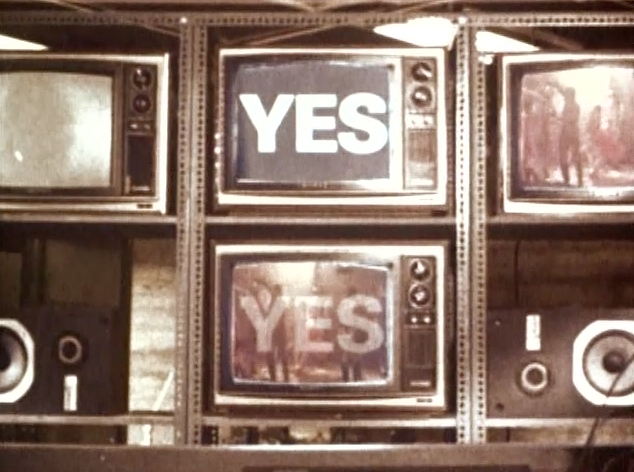
We often discuss current issues on this blog, but it’s important to remember our roots. Sometimes when you look back at history, it can inspire ideas for the future. At the very least, you’ll learn something. This week, we’ll cover the 1970s.
Due to recession, the start of the 1970s was a slow one. Billings were at an all-time low. The Beatles broke up, political crises were building, and the government put a ban on cigarette advertisements. It wasn’t until the mid-1970s when companies starting bringing in some money. And by the end of the 1970s, the advertising business was raking in the money, close to $28 billion.
The American Association of Advertising Agencies estimated that in the 1970s alone, consumers would be exposed up to 1,600 ads a day. With TV programming now completely in color (as of 1972) and sales of color TVs finally outpacing B&W, television became a more sought-after medium for advertising. Television ads reached about $6 billion, in 1976 alone. Here are a few memorable TV spots from the 7os.
And while the 1960s was famous for the creative revolution, the 1970s brought about different ways of thinking. The use of computers skyrocketed in the 70s, changing the way agencies did their everyday operations: billings, reporting, and more importantly– research. Technology helped agencies gather more detailed information, such as demographics, to analyze consumers, make projections and develop positioning for brands based on consumer behavior and perception.
1970’s advertising switched the focus from very to-the-point messaging, to more emotional approaches, sometimes to a fault. On of the most frowned-upon practices of 1970’s advertising was subliminal messaging. Sexually charged words and photos were hidden in ice cubes, the folds of clothing, anywhere to get the target audience to associate the brand with innate desires.
Advertising executives faced lots of criticism and because of these practices, consumers grew skeptical of advertising. Due to the vast array of skepticism, the Federal Trade Commission and the National Advertising Review Board created standards that advertising companies had to follow — honesty and disclosure. A new era?